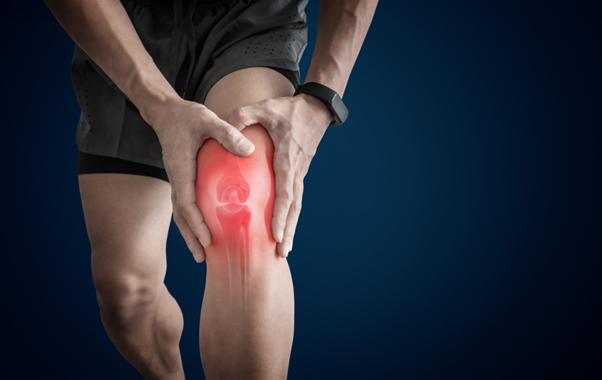The knee is a complex joint crucial for movement and stability, supported by ligaments that include the posterior cruciate ligament (PCL). This ligament plays a vital role in preventing the shin bone (tibia) from moving too far backward relative to the thigh bone (femur). When the PCL is injured, it can impact knee stability and mobility.
Anatomy of the PCL
The PCL is one of the two cruciate ligaments in the knee, along with the anterior cruciate ligament (ACL). It connects the back of the thigh bone to the front of the shin bone, helping to stabilize the knee during movement.
Causes of PCL Ligament Injury
PCL injuries often occur due to:
- Trauma: Such as a direct blow to the front of the knee, common in car accidents or sports collisions.
- Hyperextension: Forcefully bending the knee backward beyond its normal range of motion.
- Sports Injuries: Particularly in sports involving sudden stops or changes in direction, like football or skiing.
Symptoms of PCL Ligament Injury
Symptoms may include:
- Pain: Especially at the back of the knee, which may worsen during activities.
- Swelling: Around the knee joint due to inflammation.
- Instability: Feeling like the knee might give out, especially when walking or climbing stairs.
- Limited Range of Motion: Difficulty fully straightening or bending the knee.
Diagnosis
Diagnosing a PCL injury typically involves:
- Physical Examination: Checking for pain, swelling, and stability of the knee.
- Imaging Tests: X-rays to rule out fractures and MRI scans to assess soft tissue damage and the extent of the PCL injury.
Treatment Options
Treatment depends on the severity of the injury and the individual’s activity level:
- Conservative Management: Rest, ice, compression, and elevation (RICE), along with physical therapy to strengthen muscles and improve knee stability.
- Bracing: Using a knee brace to support the knee and limit movement during activities.
- Surgery: For severe cases or significant instability, surgical options may include PCL reconstruction to repair or replace the damaged ligament.
Recovery and Rehabilitation
Recovery involves:
- Physical Therapy: Exercises to regain strength, flexibility, and range of motion in the knee.
- Gradual Return to Activities: Following guidance from healthcare providers on when to resume normal activities, sports, and exercise.
- Long-Term Management: Monitoring the knee for signs of instability and adjusting activities as needed to prevent future injuries.
Preventing PCL Injuries
While not always preventable, these measures can help reduce the risk:
- Proper Conditioning: Strengthening thigh muscles to support the knee joint.
- Technique: Using correct techniques and wearing protective gear during sports.
- Warm-up and Stretching: Before physical activities to prepare muscles and joints.
Understanding PCL ligament injuries is essential for early recognition and effective treatment. If you experience knee pain or instability, consult a specialist for proper evaluation and care. Early intervention can lead to better outcomes and a quicker return to daily activities.



